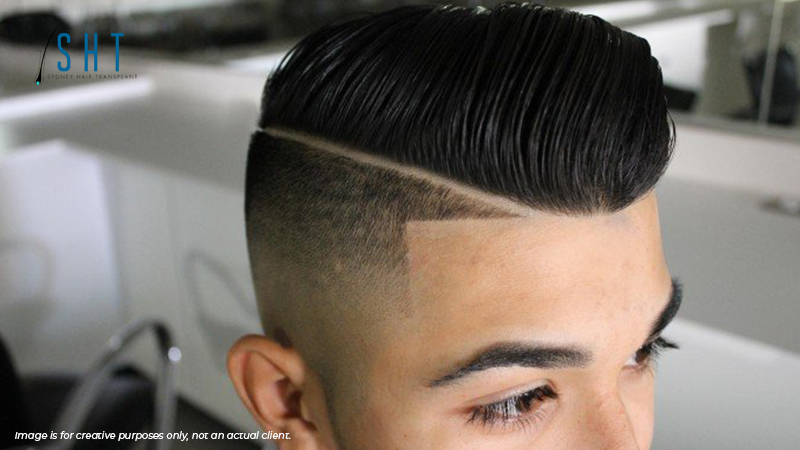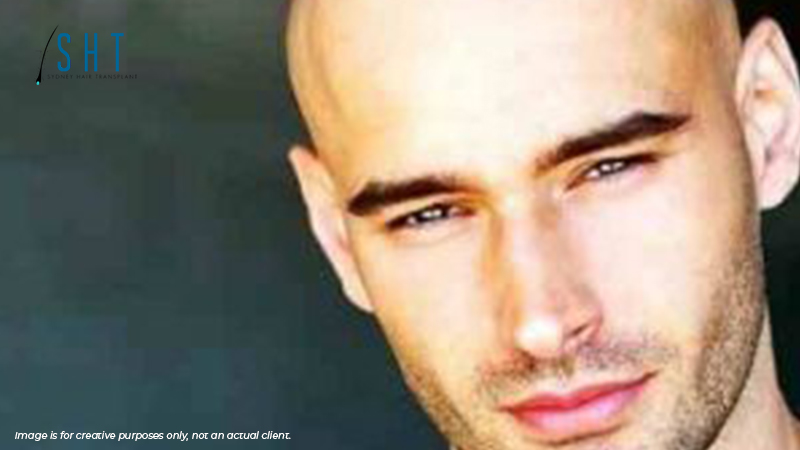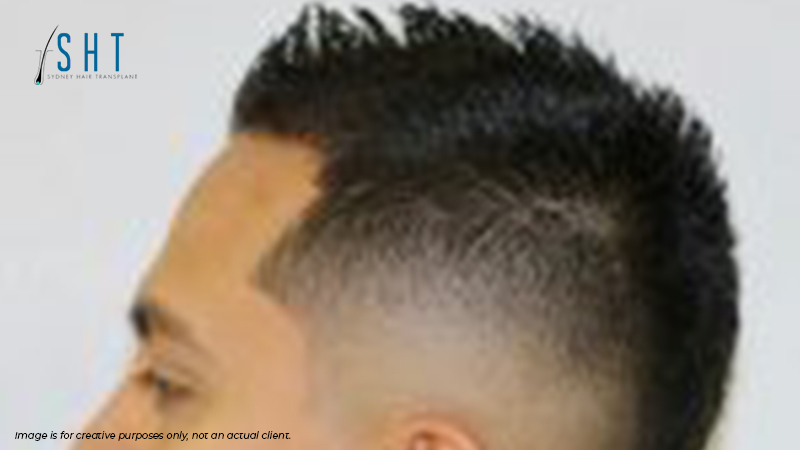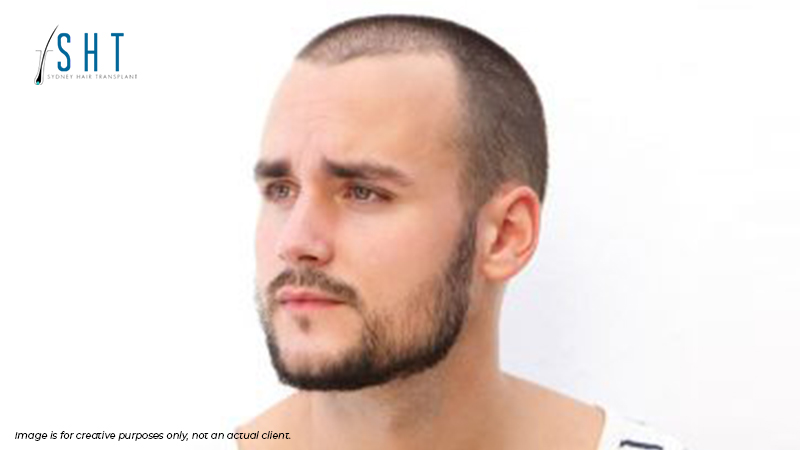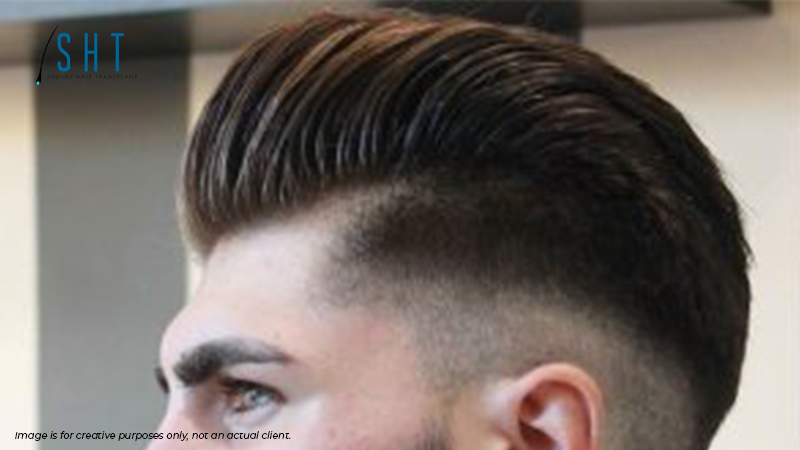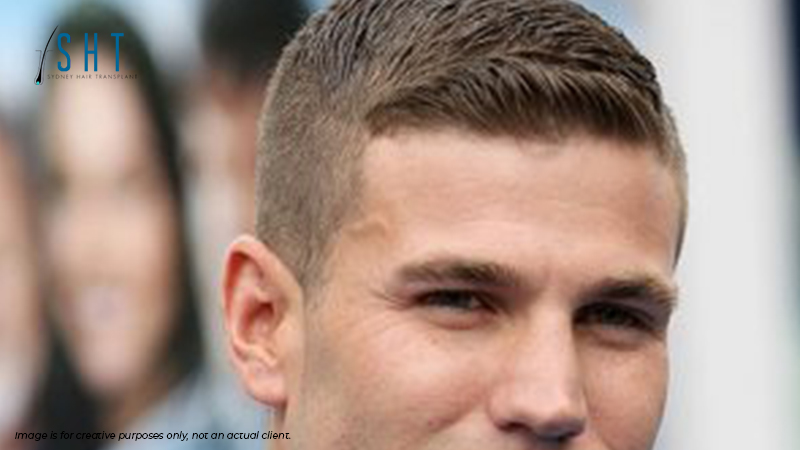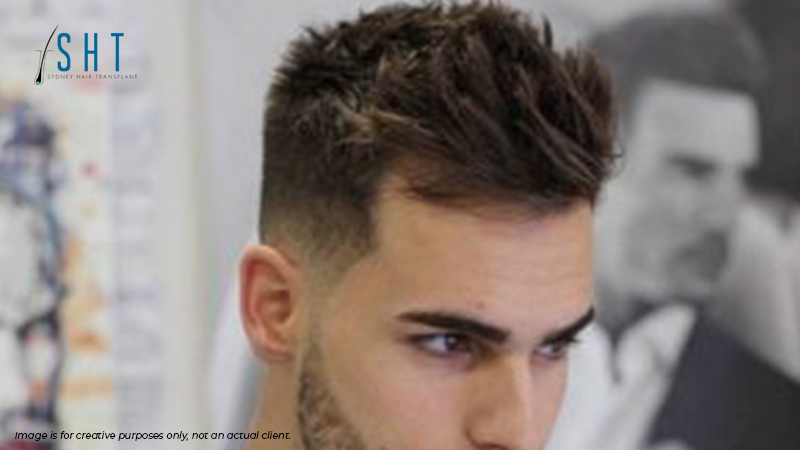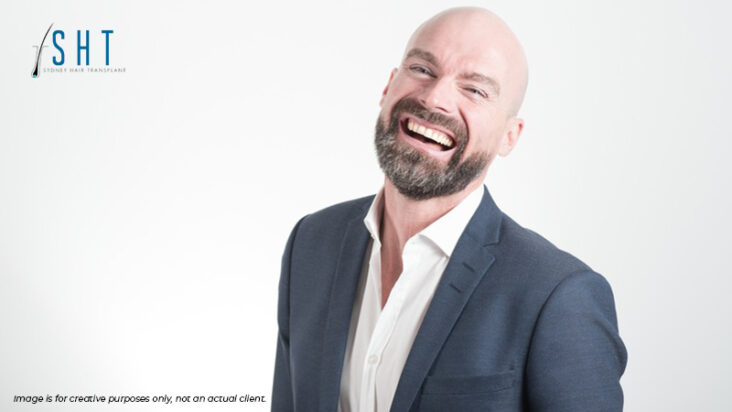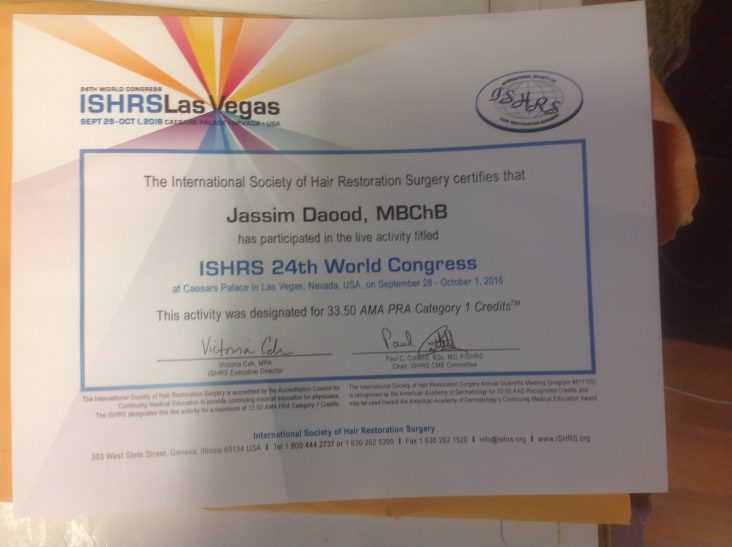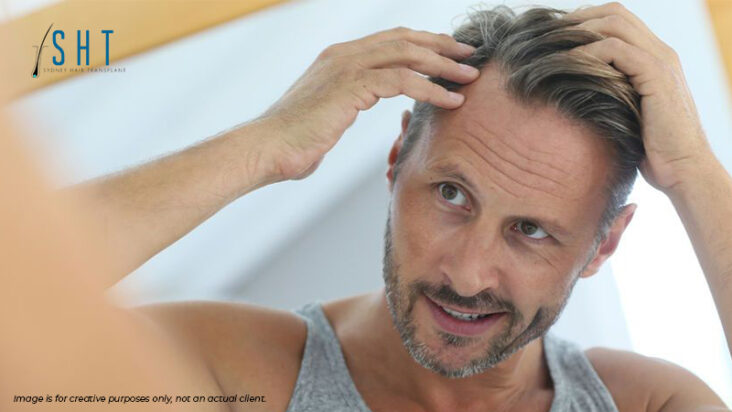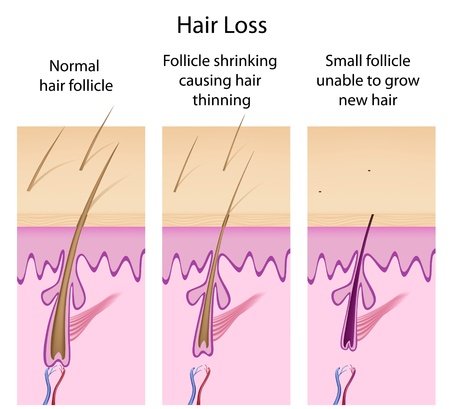Hair transplant is not an easy decision when you are desperately seeking solutions for your hair loss. Yes, it is one promising treatment, but you don’t necessarily get desired results when deciding on a whim. One of the major factors that must be considered first is your age. Read and learn why the right number matters.
The key in determining good candidates for hair transplant surgery is estimating how the patient’s hair loss pattern might progress. Since male hair loss also affects young men, those in their early twenties are often left embarrassed, unhappy, and desperate that they search for quick fixes.
So, is hair loss really the end all and be all in these cases?
The answer, for now, is no.
Hair Loss Progression
In order to understand the rationale behind advising young men against opting for hair transplant straightaway is to know the progression of hair loss.
It doesn’t take rocket science to realize that hair loss is a progressive condition. It can leave a man completely bald, or it can result in a certain shape hence the term male pattern baldness. Hairs don’t shed overnight, rather it takes its time, sometimes thinning out first before it falls off.
When the effects of hair loss start to become obvious, those affected would often want to look good now. It is only understandable especially for men in their 20s when it is supposedly the prime of their life and you should be sporting youthful features. Aside from their own issues about it, some find it affecting their dating life or their career.
The distress that occurs over losing one’s hair is legitimate and it shouldn’t be brushed aside. But it also shouldn’t be done without careful consideration of one’s age.
Age Matters
Surgeons definitely proceed with caution before approving a candidate who is under the age of 18, or even those who are in their early 20s. It is in rare cases when teenage hair loss patients who wish to undergo the procedure are carefully vetted first before being approved – if they are approved at all.
For best results, it is advised that you wait until the hair loss process has slowed down or stabilized before undergoing a hair transplant. If you jump right into surgery, it’s still too early in the hair loss process to predict the pattern that your hair loss would take. As a result, your transplant may end up looking unnatural as you lose more hair. The transplanted hair will look luscious and would grow with vigor, while the surrounding areas will continue to get thinner.
Other Options
Surgeons commonly advise patients to stabilize their hair loss first using medical management before even considering surgical hair restoration. Two of the mainstays for male pattern hair loss management are topical and oral medications. These two are well-studied medications for male hair loss and they have been proven to be effective as well.
There are also newer options available in the market today such as light therapy, protein-rich plasma injections, etc. Once the hair loss has become stable, then one can consider having surgical hair restoration.
There are some surgeons who may provide a minor hair transplant to provide some density at the hairline with the understanding that you will likely need additional treatment in the future as your hair loss progresses.
The Right Age
It is the responsibility of surgeons to guide patients with their own anxieties. It is the ethical practice that they give them the hard facts instead of just simply going with what the patient wants but sacrificing aesthetic outcome in the future. Also, you wouldn’t want to risk using donor hairs which are of a very limited supply.
The improvements and increased reliability of hair transplant surgery might have exploded its popularity today, this could mean that patients are undergoing surgery when it isn’t really for their best interest. It could leave these patients disappointed five to ten years later when they are left with poorly-designed hairlines with very little consideration for a natural look.
Most hair transplant surgeons agree that the minimum age for a hair transplant is 25 and the ideal age is 40 and above. At 25 the surgeons have some idea as to how the hair loss is progressing and what can be done to approach it surgically.
Young, desperate and anxious patients are vulnerable and could jump at any easy solution. But having read this information, we hope that you now see the bigger reason behind the right age for hair transplant surgery. Look ahead instead of rushing into it today as inappropriate surgery could have you living to regret it.
Trust a hair transplant surgeon who is knowledgeable in hair loss for more information that is specific to your concerns. It doesn’t mean that you can’t do anything about your hair loss today. Book your consultation at the Sydney Hair Transplant and let Dr. Daood and his team help you.



